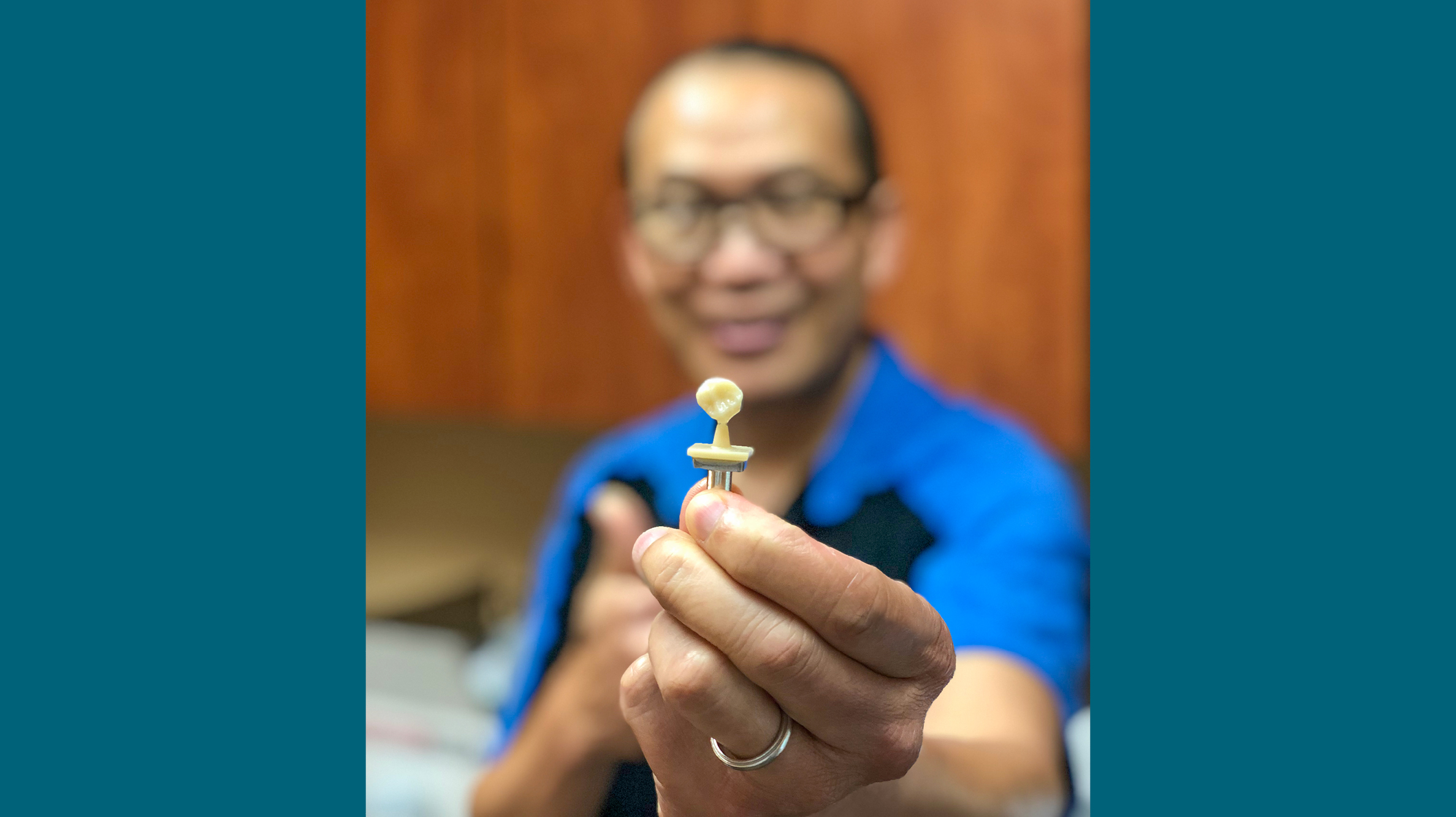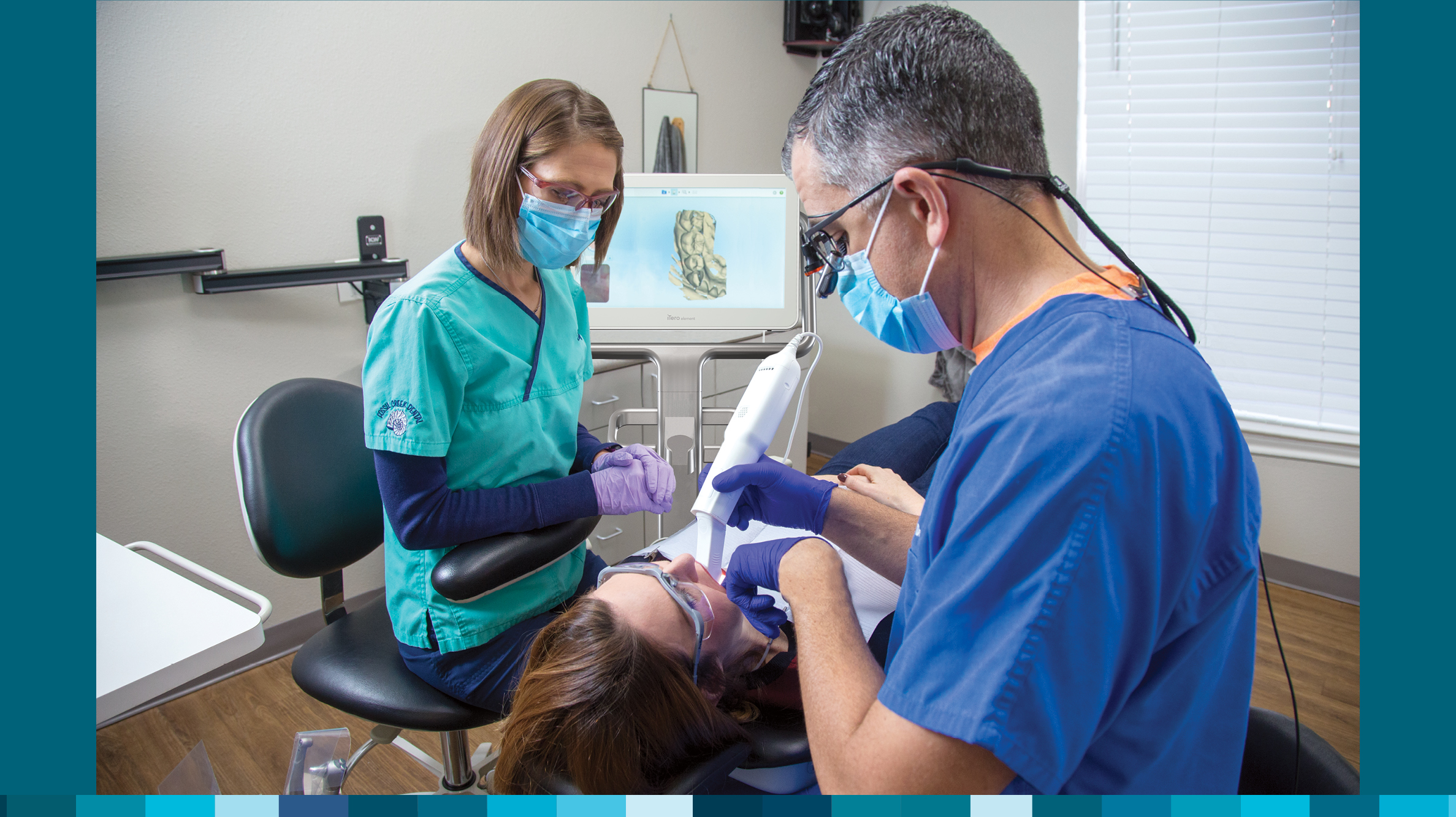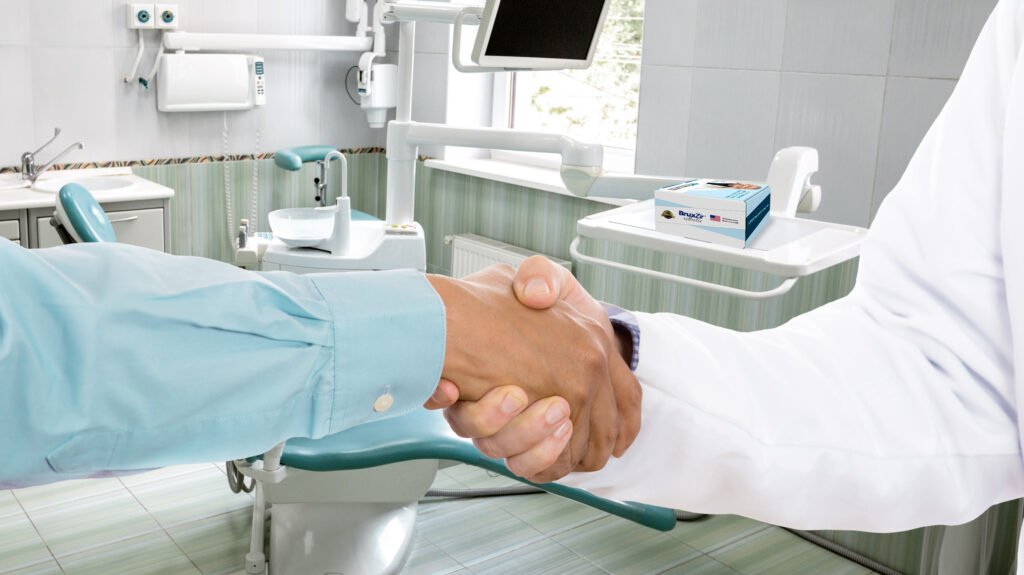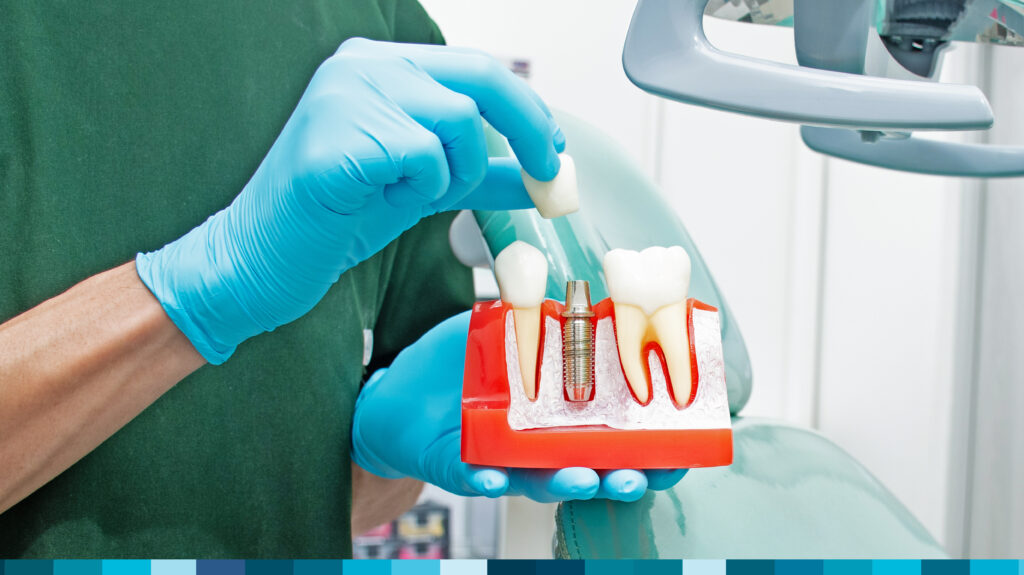As doctors look for opportunities to save time for their practice and their patients, intraoral scanning has become one of the most popular ways to improve their workflows without sacrificing quality. The ability to quickly turn impressions into highly accurate restorations is more accessible than ever, thanks to developments in imaging technology and sophisticated software. As the saying goes, “time is money,” so if you need a way to reduce chair time and turnaround time, here are some reasons why an intraoral scanner may be the solution you’ve been looking for.
1. Faster and Easier Than Physical Impressions
While taking a physical impression might not seem like a demanding procedure, when we consider all the steps involved, we get a picture of a much more time-consuming process. Ordering and preparing the trays and materials takes time, as does mixing the material and finding the correctly sized impression tray for the patient. During the appointment, placing the impression tray and waiting for the putty to harden might only take a few minutes, but that’s just one part of the process. With an intraoral scanner, a full-mouth scan can easily be completed in under two minutes with minimal training needed.

2. Reduce the Likelihood of Remakes
When remakes of crowns or other devices are required, the patient must be scheduled for an additional appointment to start the process of taking a physical impression all over again. Intraoral scanners, however, not only make remakes easier, but significantly reduce the chances of requiring one in the first place. In fact, impressions taken using an intraoral scanner reduce crown remakes due to margin issues by 40%*, fit issues by 33%* and high occlusion by 27%*. Because impression scans are saved digitally, the quality of the scan can be evaluated right away before sending it to the lab. If the first scan is unsatisfactory, the patient can be scanned again immediately.
3. Faster shipping times
Using an intraoral scanner to send digital impressions is one of the easiest ways to reduce turnaround time for final restoration delivery. Once the patient is scanned, the digital impression can be sent to your preferred lab with the click of a button. This means that the lab technician can get started on fabricating your restoration immediately instead of waiting several days for the physical impression to arrive by mail.

4. A Gateway to Same-Day Crowns
A digital workflow for same-day crowns starts with an intraoral scanner. When paired with a compatible in-office CAD/CAM milling machine, doctors can fabricate their own restorations chairside instead of depending on the lab. The virtual scan from the intraoral scanner gets uploaded to a computer design station, where margins can be adjusted as needed and confirmed. Finally, the doctor uses a chairside milling machine to shape the crown quickly and efficiently in under 40 minutes. An intraoral scanner is just one part of a digital workflow, but when combined with a whole CAD/CAM system, has the potential to turn a multiple-appointment procedure into a same-day result.

Conclusion
Adding an intraoral scanner to your practice is one of the best ways to get faster clinical results. Digital impressions are more convenient and more accurate than physical impressions. They can also be sent to the lab instantly and expand your clinical treatment options. If you’re considering purchasing one, here are the systems that New West accepts digital impressions from:
- Medit i700®
- Planmeca PlanScan®
- Carestream CS3600
- CEREC®
- 3M™ True Definition
- iTero®
- TRIOS®
In addition to saving time, you can also enjoy great savings on lab fees. When you send your impressions to New West, you can save $9 on inbound shipping per case, $20 per unit on all-ceramic model-less restorations, and $40 per unit on custom abutments and screw-retained implant crowns. With the amount of time and money saved by using an intraoral scanner, the device practically pays for itself.
To learn more about digital dentistry, visit newwestlab.com/save-money.
Reference
*Data is based on 28,000 BruxZir model-less single crowns manufactured digitally from January 1, 2014 to October 31, 2014.





